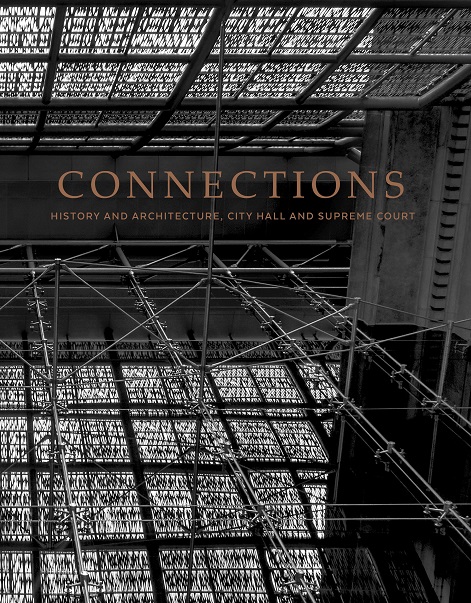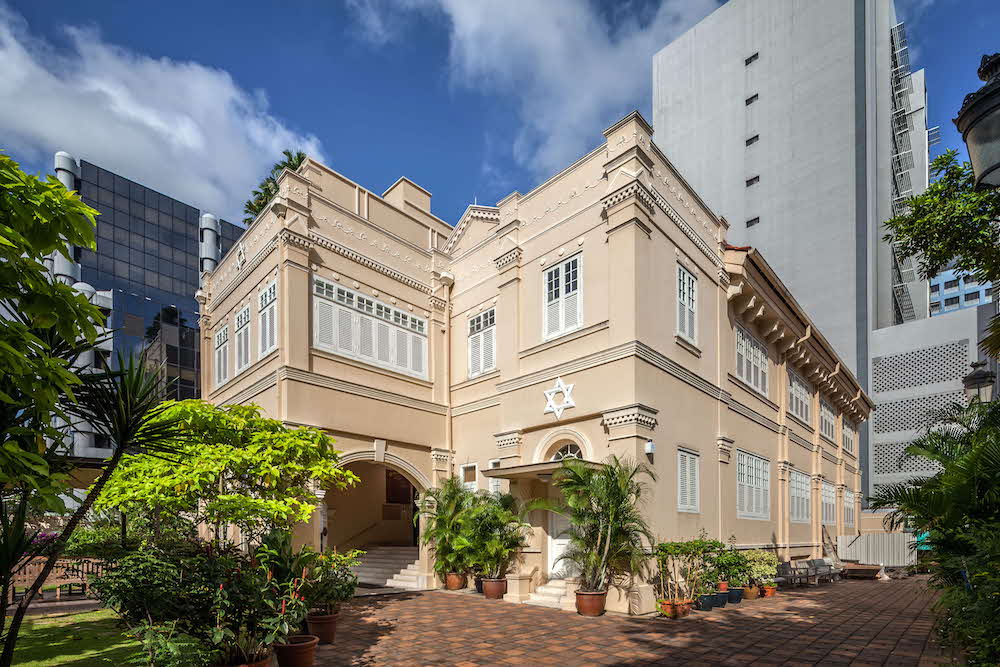
Read more about PSM’s efforts to safeguard Singapore’s built heritage in MUSE SG Vol 14, Issue 1.
Built: 1907
Restored: 2001–03
Located on Dunlop Street in the heart of Little India, Abdul Gafoor Mosque was built in 1907 to serve the Tamil Muslim community working and living in the area. It was established by Shaik Abdul Gafoor bin Shaik Hyder, a Tamil Muslim chief clerk at a law firm. Today, the mosque is one of six mosques in Singapore that mainly offer Tamil sermons.
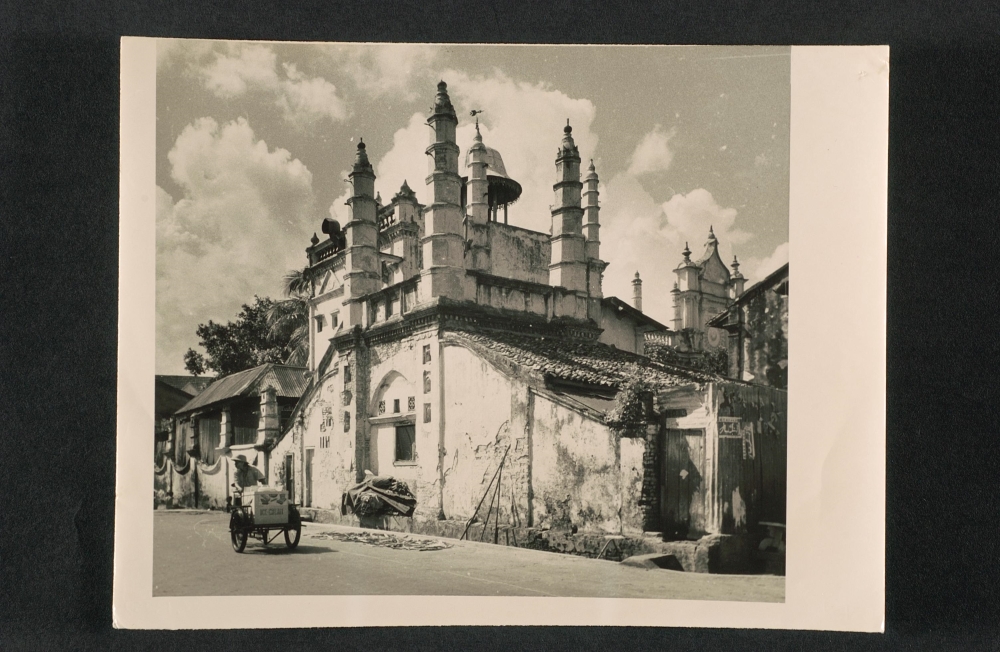
National Museum of Singapore Collection
The architecture of the mosque is an eclectic mix of neoclassical and Saracenic elements. During the 1990s, the mosque committee planned to add a single-storey extension to increase the capacity of the prayer hall. In the process, the structural integrity of the mosque was found to be compromised, and this spurred a major restoration project completed in 2003.
To reinforce the foundation, micro-piles were used to underpin the structure. At the same time, an underground vault that had been thought to be a storage area—later revealed to be a spacious basement according to the original blueprint of the mosque—was deepened and expanded to become a proper basement.
The newly air-conditioned basement was refurbished with its interior sensitively designed to align with the existing architecture of the mosque. For instance, a void was built between the basement and the main prayer hall above to allow visual and physical continuity. In addition to the basement, which provided more space for worshippers, a new single-storey prayer hall was constructed in the same style beside the main prayer hall. Following the expansion, the mosque can now accommodate 3,000 worshippers.

The restoration process also reinstated formerly lost architectural features, such as the minarets, the boundary wall and plaster details. Four minarets that were in the original blueprint but had been lost over time were rebuilt, each located at a corner of the roof. The exquisite Saracenic cinquefoil arches were restored, while finer details such as the decorative plasterworks of intricate calligraphy on pillars were skilfully recreated by artisans and craftsmen. During restoration, coloured-glass decoration on the columns was uncovered, and this elegant feature now sees the light of day.
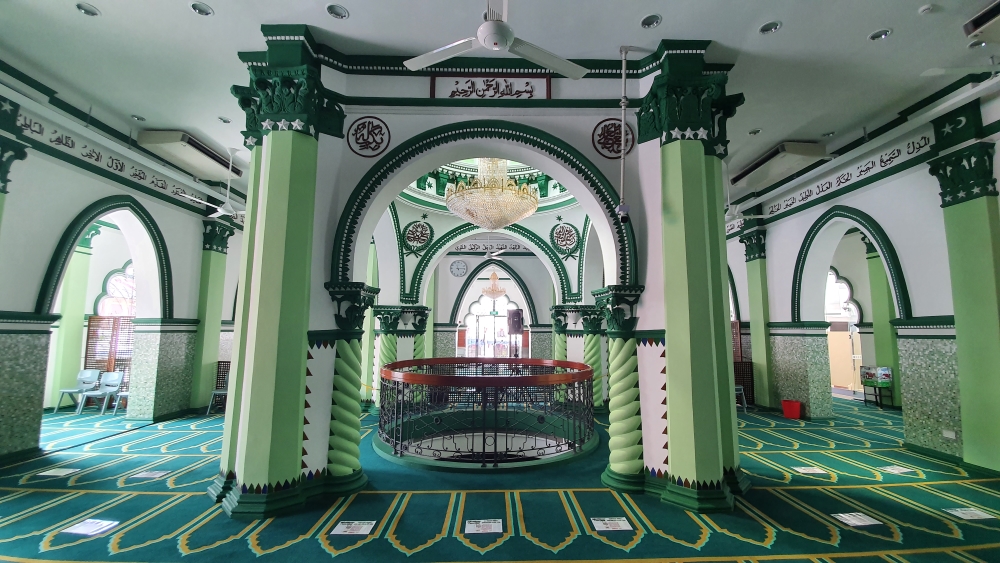

On the mosque’s exterior, its off-white walls were given fresh coats of eye-catching yellow and green paint, revitalising the facade. The mosque was repainted white and green in 2021. One of the iconic features of the mosque is the sunburst pattern above the entrance, with the Arabic inscription of the names of 25 major Islamic prophets.
.ashx?h=430&w=645)
Today, the Abdul Gafoor Mosque stands as a monument of pride for the Tamil Muslim community in Singapore. Visitors stream in from all corners of the world to marvel at the unique architecture with its fine, exquisite details. The remarkable restoration of the Abdul Gafoor Mosque, which saw its expansion carried out with meticulous care, earned it the Urban Redevelopment Authority’s Architectural Heritage Award in 2003.
About The Preservation of Sites and Monuments
The Preservation of Sites and Monuments (PSM) is a division under the National Heritage Board. Its primary role is to safeguard Singapore’s built heritage by identifying monuments that are of “historic, cultural, traditional, archaeological, architectural, artistic or symbolic significance and national importance”, and recommending them to the state for preservation. Gazetted National Monuments are accorded the highest level of protection by law. National Monuments comprise religious, civic and community structures, each representing a unique slice of history in multicultural Singapore. Read more about Preservation of Sites & Monuments, and National Monuments here.




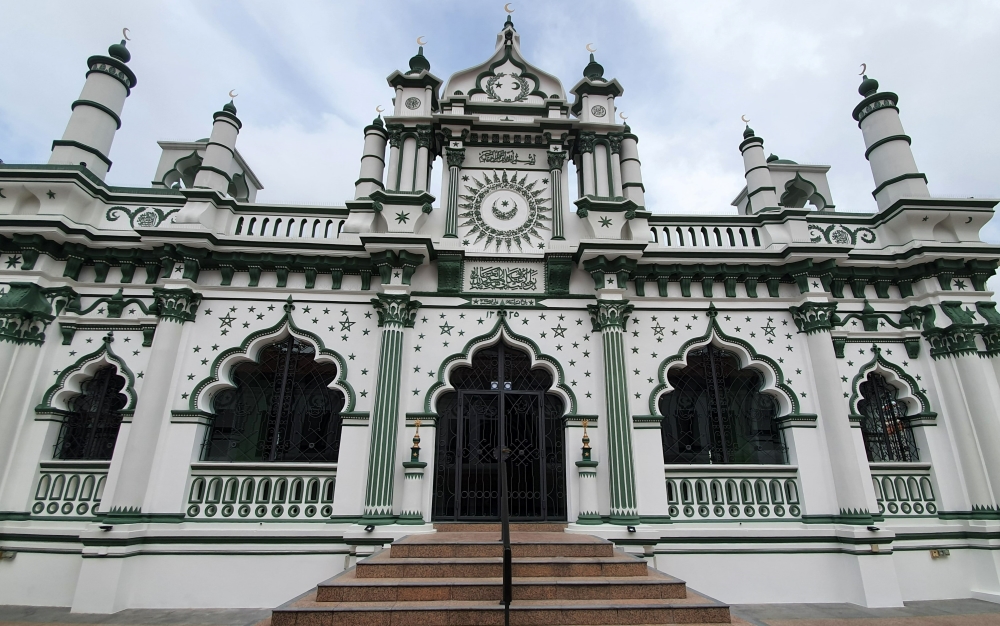
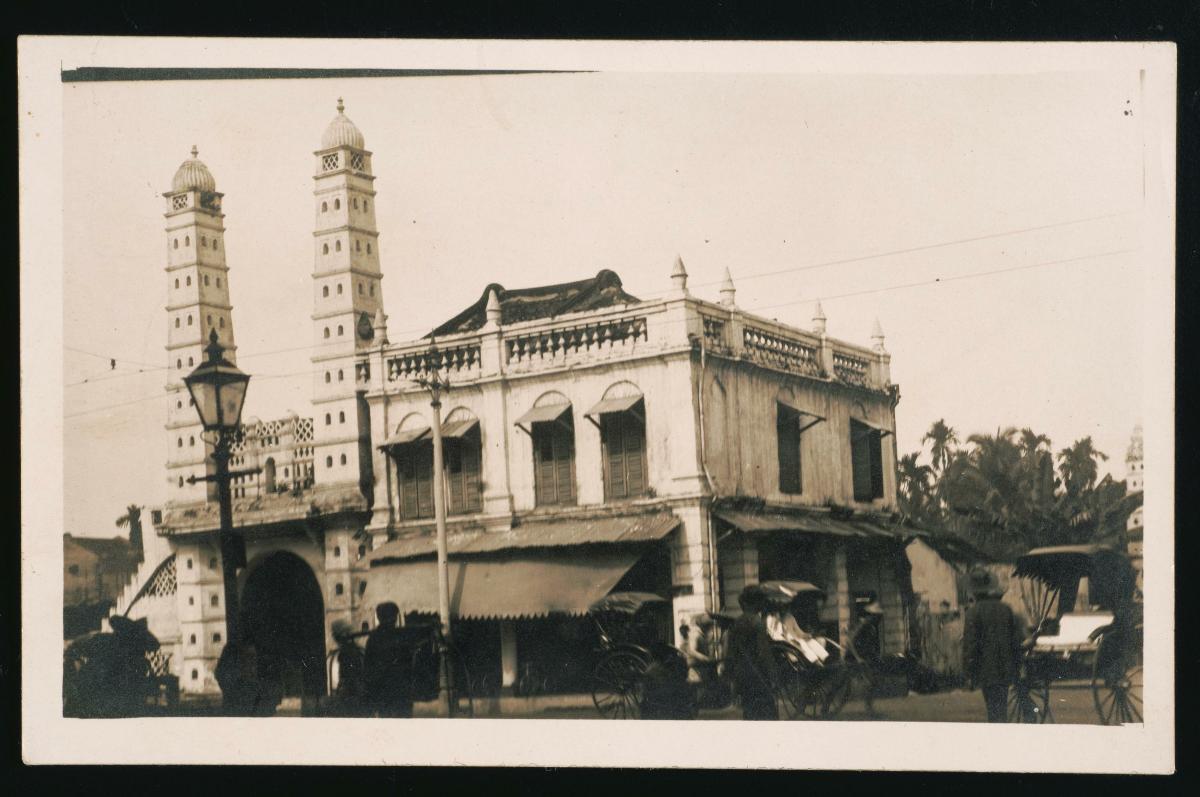


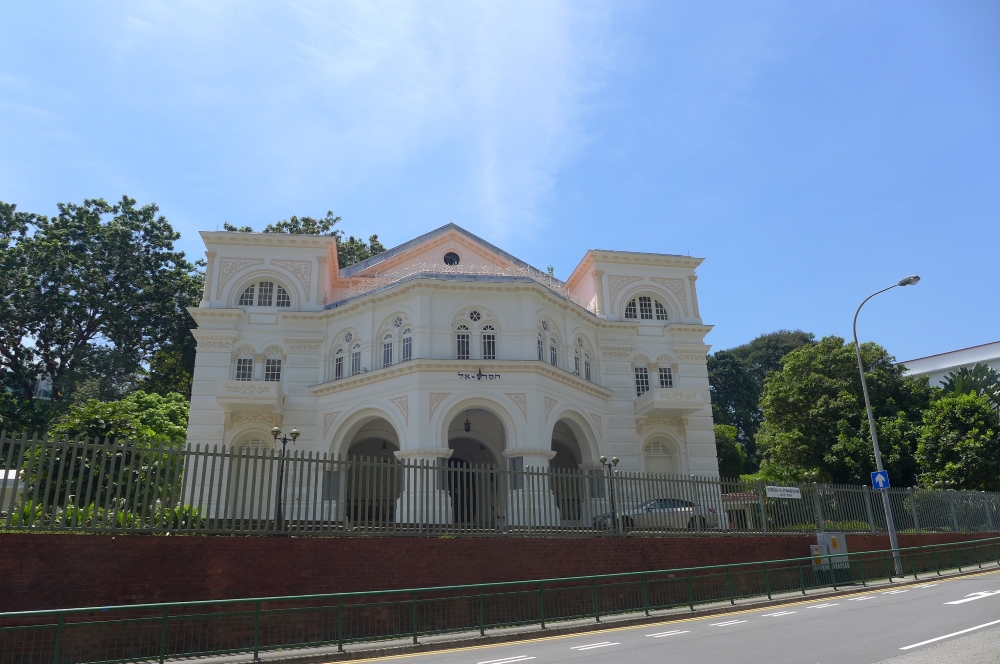
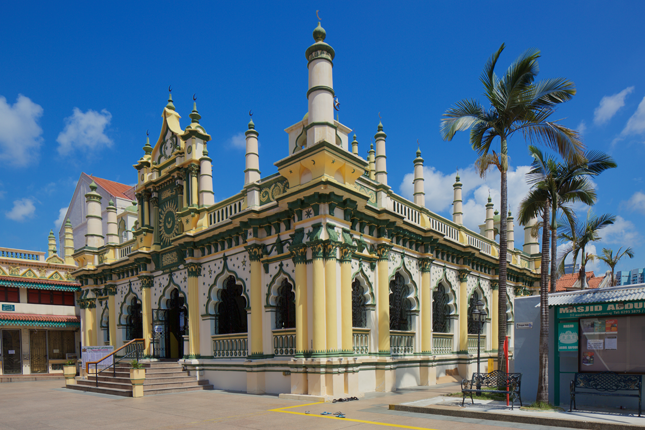
.ashx)
